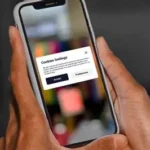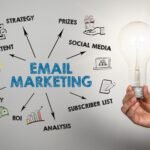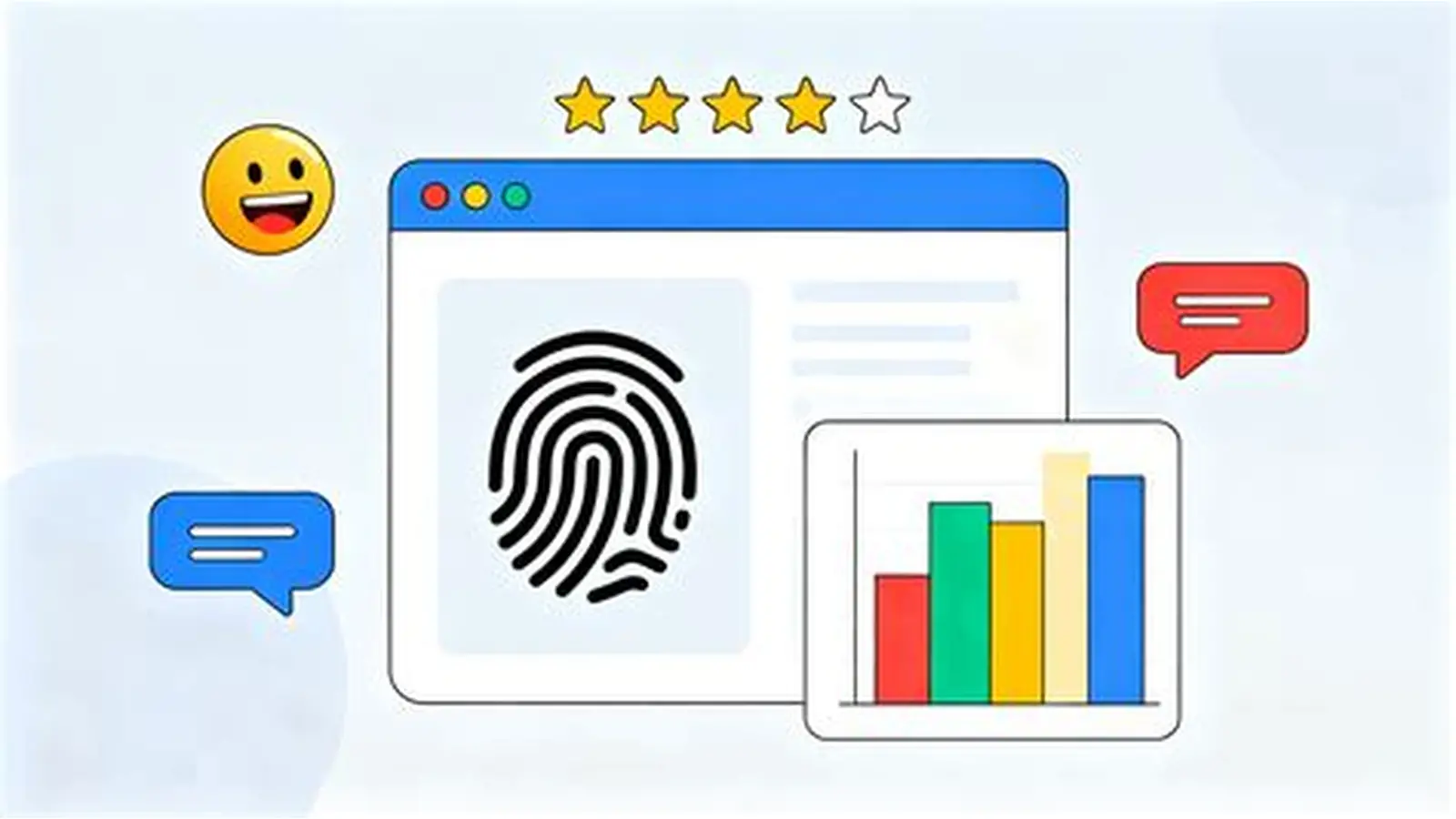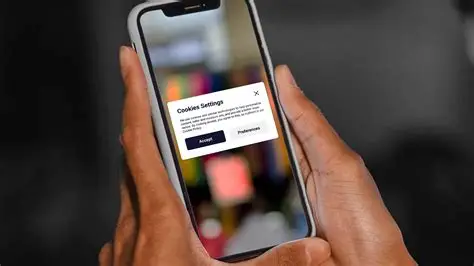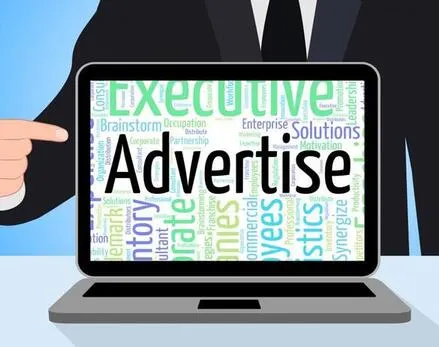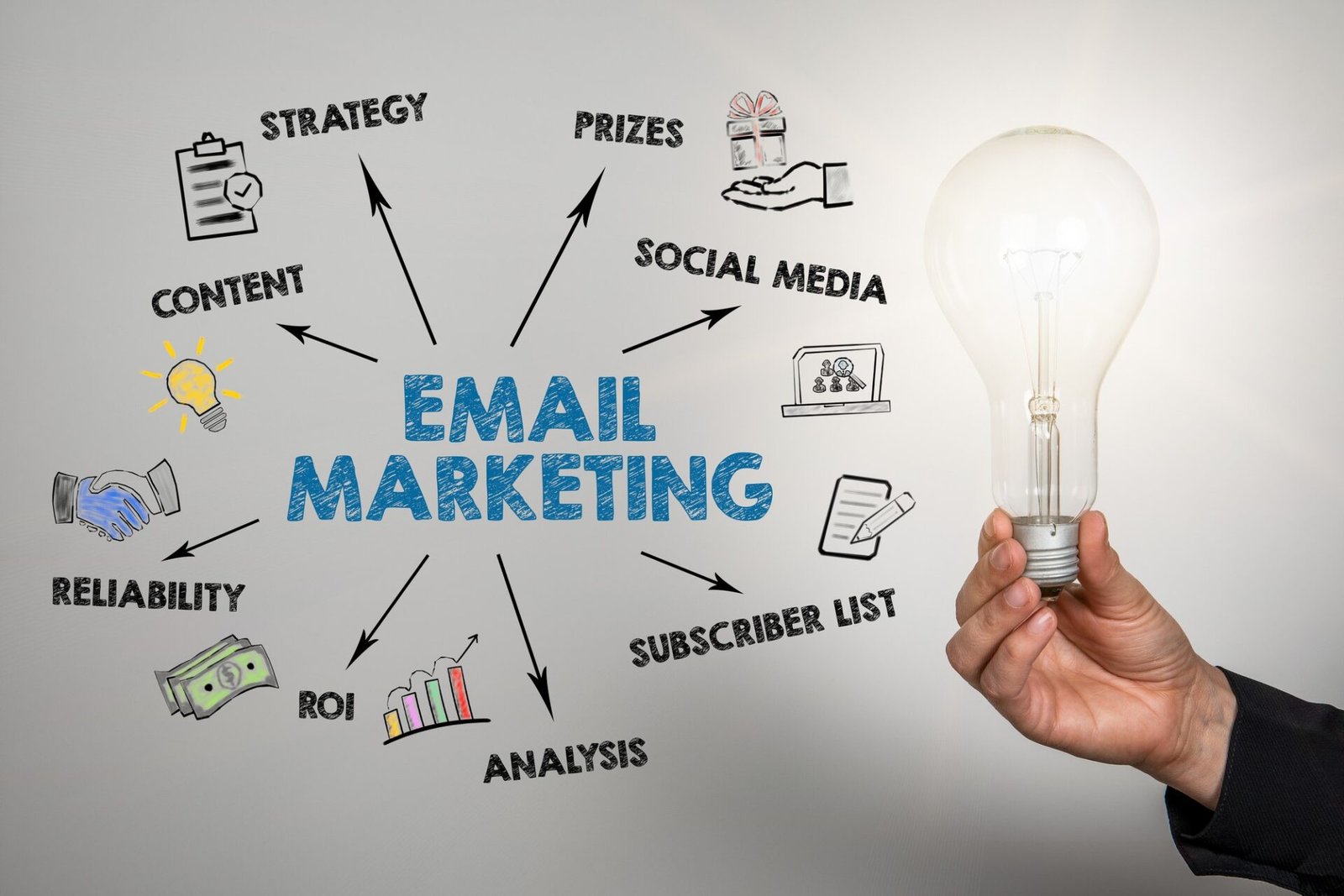Email marketing remains one of the most powerful tools for reaching and converting customers. However, standing out in a crowded inbox is harder than ever. To create email marketing campaigns that actually get opened, you need the right mix of strategy, creativity, and timing. From crafting irresistible subject lines to delivering valuable content, every detail matters. Here’s how to make your emails impossible to ignore.

Know Your Audience
Understanding who you’re emailing is the first step toward higher open rates. When messages feel personal and relevant, readers are more likely to engage.
How to Know Your Subscribers:
-
Segment your email list by interests, purchase history, or demographics.
-
Use customer surveys or signup forms to collect useful information.
-
Monitor behavior like past opens, clicks, and preferences.
Tailoring your emails to specific audience segments helps you send the right message at the right time.
Craft Irresistible Subject Lines
Your subject line determines whether your email gets opened or ignored. It should capture attention immediately while staying clear and concise.
Tips for Writing Winning Subject Lines:
-
Keep them under 50 characters for mobile readability.
-
Create curiosity without misleading your audience.
-
Use personalization, such as the subscriber’s name or location.
-
Test power words like “exclusive,” “free,” or “limited time.”
-
Avoid spam triggers such as all caps or excessive punctuation.
The best subject lines strike a balance between intrigue and relevance.
Personalize Beyond the Name
Personalization goes far beyond adding a first name to an email. True personalization makes the recipient feel understood.
Ways to Personalize Emails Effectively:
-
Recommend products based on browsing or purchase history.
-
Send tailored content based on past interactions.
-
Acknowledge birthdays, anniversaries, or milestones.
-
Adjust tone and messaging to match subscriber preferences.
Personalized content builds stronger connections and encourages repeat engagement.
Deliver Value Every Time
Subscribers open emails when they consistently find value in them. Whether you’re promoting a product, sharing news, or offering advice, focus on what benefits your readers most.
Examples of High-Value Email Content:
-
Educational tips, how-to guides, or free resources.
-
Exclusive discounts or early access offers.
-
Updates about new products or services.
-
Curated news or insights relevant to their interests.
When readers know your emails offer real value, they’ll look forward to opening them.
Optimize Send Times and Frequency
Timing can make or break your campaign. Sending too often can lead to unsubscribes, while sending too rarely causes disengagement.
Best Practices for Timing Emails:
-
Test different send times using A/B testing.
-
Analyze when your audience is most active.
-
Avoid sending multiple emails in a short span.
-
Use automation to deliver emails based on behavior or triggers.
Finding the right rhythm keeps your emails fresh without overwhelming your audience.
Write Compelling Preheader Text
The preheader appears next to your subject line in inboxes and influences open rates. It should complement your subject line and provide additional context.
How to Optimize Your Preheader:
-
Keep it under 100 characters.
-
Add a short teaser that builds curiosity.
-
Reinforce your subject line message.
-
Avoid repeating the same text as the subject line.
A strong preheader can be the final push that convinces a reader to open your email.
Design for Readability and Engagement
Good design makes your emails easy to read and visually appealing. A clean, mobile-friendly layout ensures your message looks great across all devices.
Email Design Essentials:
-
Use a clear hierarchy with headings and short paragraphs.
-
Include plenty of white space for readability.
-
Add one clear call to action (CTA) per email.
-
Optimize images for fast loading.
-
Ensure buttons are large enough for mobile clicks.
An attractive and functional design keeps readers engaged from start to finish.
Use A/B Testing to Improve Results
A/B testing helps you understand what works best for your audience. Testing one variable at a time provides clear insights into performance.
Elements to Test:
-
Subject lines and preheaders.
-
Email layout and visuals.
-
CTA placement or wording.
-
Send times and days.
Continual testing helps refine your campaigns for maximum engagement.
Include Clear Calls to Action
Every email should guide the reader toward a specific action. A clear and visible CTA boosts click-through rates and conversions.
CTA Optimization Tips:
-
Use action-oriented language like “Shop Now,” “Learn More,” or “Join Today.”
-
Make buttons stand out with contrasting colors.
-
Position CTAs strategically—above the fold and at the end.
-
Limit distractions that pull attention away from the goal.
A focused call to action ensures readers know exactly what to do next.
Monitor Analytics and Adjust Strategies
Tracking performance metrics helps you measure success and spot areas for improvement.
Key Metrics to Track:
-
Open rate to gauge subject line effectiveness.
-
Click-through rate to assess engagement.
-
Conversion rate to evaluate success.
-
Unsubscribe rate to measure audience satisfaction.
Use insights from analytics tools to refine your email content, design, and timing.
Conclusion
Email marketing campaigns that actually get opened are built on understanding, personalization, and value. By crafting irresistible subject lines, sending at the right times, and focusing on reader needs, you can turn your emails into powerful conversion tools. Every open is an opportunity to connect, engage, and build lasting relationships—making email one of the most effective digital marketing channels in 2025 and beyond.


